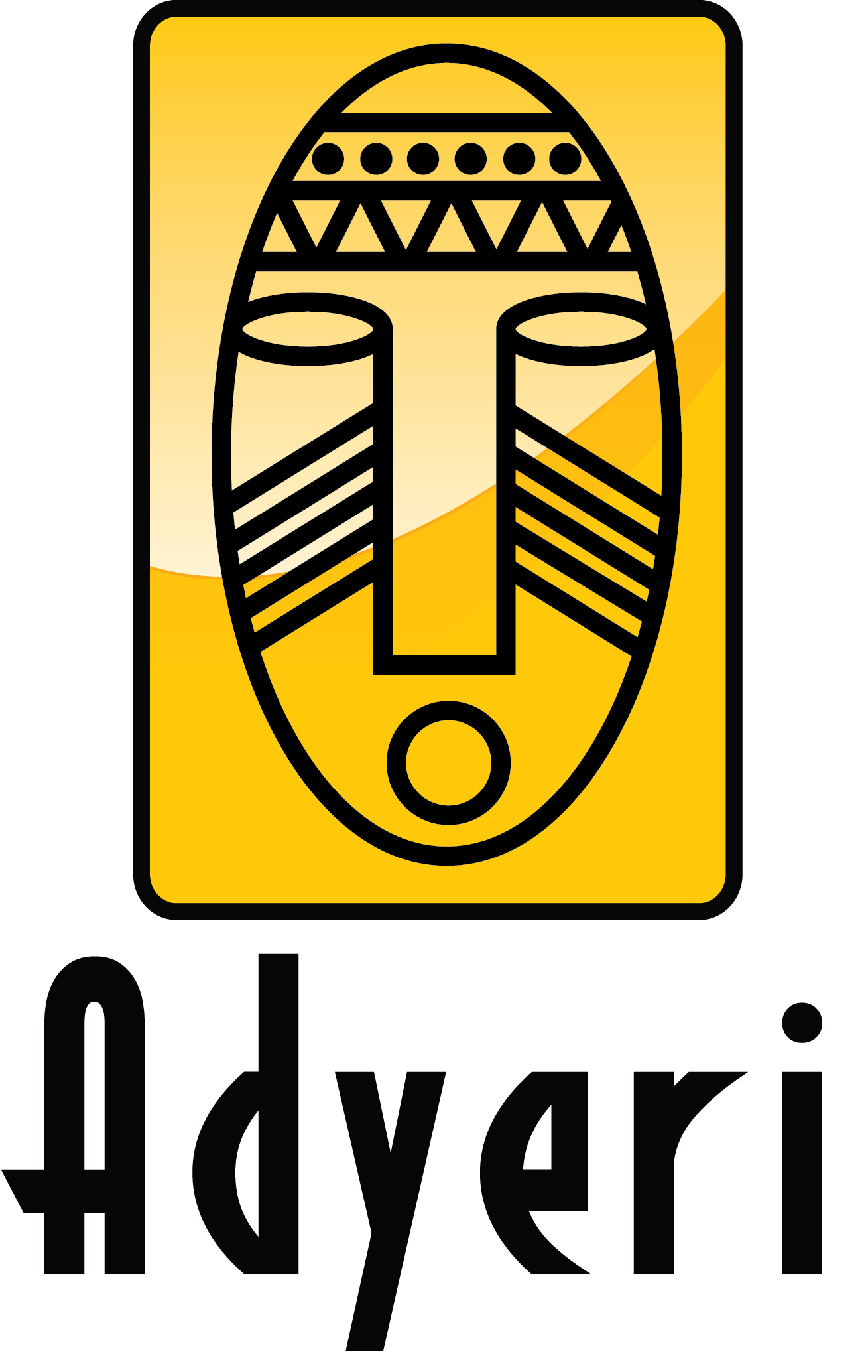Uganda Safari
Semuliki National Park
About
Gazetted in 1993, Semuliki National Park lies in the Semuliki Valley northwest of Fort Portal. Formerly a forest reserve, the 220 square kilometer park is virtually untouched by development of any sort making it a great place to spend a few days just relaxing and exploring. The park shares its unique ecosystem with the Ituri Forest, across the Semuliki River in the Democratic Republic of Congo.
Semuliki is the only park in Uganda primarily made up of tropical lowland forest, which is characterized by more diverse vegetation. Its wetter and the vegetation is more dense with rains for the bigger part of the year. You can experience a good taste of local life by visiting one of the nearby markets.
Getting there
Sempaya, where the road first meets the park boundary is roughly 41 kilometers from Fort Portal and thus 363 kilometers from Kampala. Ntandi where the park headquarters is located is a few kilometers further along the same road.
When to go
Be prepared for wet weather most of the year. If you’re interested in hiking in the area, this is best during the dry seasons from June-July and December –February. No matter when you travel please carry hiking boots.
Where to stay
It’s better to stay in Fort Portal and start off for Semuliki National Park the following morning. In Bundibugyo just south of the park you can access some great accommodation facilities.
Sightseeing
From Fort Portal head north east out of town on Lugard road and then turn left into Saka road opposite the golf course eight kilometers from town you get to Lake Saka, a lovely crater lake. If you continue along Saka road it curves west and eventually joins up with the road that heads towards Bundibugyo.
For Semuliki National Park head west out of Fort Portal town on Bwamba road towards Bundibugyo. After 41 kilometers you will reach the park’s Hot Springs Office at Sempaya where the road first meets the Semuliki National Park boundary. There is a number of hot springs in Sempaya one of which is 26 meters wide with temperatures of about 106 degree Celsius. The water and the surrounding land are rich in salt and sulphur which attracts an unusually large population of shoebirds.
A short nature trail loops around the hot springs at Sempaya. Another more adventurous hike from Sempaya leads along the park boundary north to the Semuliki River and the Democratic Republic of Congo border. The Semuliki River provides another of park’s micro habitats, with vervet monkeys playing along the river banks.
Hiking through the park takes you through a variety of habitats; including clearings of grasslands, bits of swamp. Isolated stands of palm oil, acacia or glimpses of bamboo swamp. Animal you expect to see as you hike include elephants, buffalo, leopard, civet, hippos and crocodiles as well as different species of primates which may include the white colobus monkey, red tailed monkey, baboon and vervet monkey.
The park is also home to some 400 bird species and 300 different species of butterflies


